The most fun was the Angliss-Shelby fight – in the pages of CAR magazine…
by Wallace Wyss –
The AC Cobra, as most Cobra fans know, was developed from the AC 2.6 which was a later model developed from the AC Ace, which had gone into production in 1953 with an ancient prewar engine designed by AC.
That first AC Ace by the way stemmed from two one offs done for private customers who wanted Ferrari like cars with low cost engines and car builder John Tojiero had built those cars. Later AC licensed with Tojiero to use the design and that became the AC Ace.
After dropping their own engine, AC were able to buy Bristol six cylinder engines and developed the AC Bristol, a popular sports car to race. But then Bristol, whose name you might remember from their WWII planes like the Beaufighter, announced they were canceling the six, leaving AC in the lurch.
Not to worry. AC found a Ford six displacing 2.6 liters that would work and were back in business. But meanwhile Shelby had developed the AC Cobra (after shoehorning a Ford 260 4.2 liter V8 into the AC 2.6 Ace) and that began to take away much of the demand for the 2.6.
Shelby found the 260 a high revver but nothing takes the place of torque so he switched to the 289 Ford as soon as it was available. As the Cobra evolved from the 260 cid (Mk. I), then the 289 cid V8 (Mk. II) and eventually the 427 cid V8 (Mk. III) Ford had to redesign the frame for the wider engine and took the opportunity to add coil springs in place of the leafs.
AC shipped the rolling chassis/bodies to Shelby in Los Angeles where Shelby installed the Ford engines. Shelby Cobra’s swept the board in international competition, winning the World Sports Car Championship in 1965 (as the Cobra Daytona Coupe).
You would have thunk that the big block Cobra would have always found a market. But no, remember gas in Europe was already $7 a gallon back then, so in the US it withered on the vine after Shelby failed to get it approved as a production car by the FIA so owners had to race against prototypes. In Europe it was the price of gas that did it in, and its general un-usability in the rain.
But AC still saw some market so they had Frua design a new car, building the body in Italy but they used the tamer 428 engine. It would still do 140 mph.
Cobra Chassis Numbers
There is no small amount of confusion with chassis numbers. The originals Cobra had CSX designations, while AC offered its own versions for the European market in England (COB designation) and for mainland Europe (COX designation), all built in-house at the AC Thames Ditton factory.
AC also produced their own version of the Mk. III Cobra with the 427 wide body style at the end of the production of these cars, which were called the “AC 289 Sports”, with Ford’s small block 289 V8, which are very rare – only thirty-two produced.
But even though the big block Cobra was not successful in International racing like the 4.7 liter 289 Cobras, the body style was oh-so-much-more-macho so in 1982 Brian Angliss, out of a firm called Autokraft, which had begun as a Cobra restoration shop, parts supplier and replica manufacturer, began production of a small block Cobra style car at the Brooklands industrial park in Weybridge, UK.
He had the actual AC tooling used to make the original Cobras. He created a car called the AC Cobra MKIV; with the 427 body style (made of aluminum) but with a more sensible Ford 5.0 liter fuel injected V8 right out of a U.S. model to meet emissions. His car had the few other changes Shelby would have had to make to keep the Cobra in production, such as US-spec 5 mph (8.0 km/h) bumpers, a federalized motor, and a larger interior with modern switchgear.
He actually surpassed the number of big block Cobras made, making roughly 480 cars. He also made a lightweight model which as supposed to be a limited edition (though complaints are that he surpassed that limit). That Lightweight was not imported to the US due to Federal regulations.
Though AC had sold him the tooling he didn’t get the name AC until 1982 so then it was the Autokraft MkIV. The Hurlock family that owned AC decided Cobras were not in their future so sold their whole company in 1986 and Angliss got the trademark rights and then joined Ford to make cars, selling them 52% of his company in 1987. But alas, they didn’t come up with a car Ford thought worthwhile (even the mid engine ME3000) so he left Ford.
The Cobra Name Battle
It is interesting if you are into the Mk.IV to find old CAR magazines from England that contain letters from Shelby and from Angliss, each accusing the other of stealing the Cobra. Here it was, the original creator and the man who (Shelby thought) had stolen the idea, duking it out in print! Shelby was mighty bent out of shape to see the AC Mk. IVs in Ford showrooms and he wasn’t getting a penny from it!
Years later, Shelby of course began what he called “continuation cars,” trying to continue the CSX serial numbers but then finally capitulated and began selling replicas. There is still muddied waters on what to call the more than a dozen alloy bodied 427 roadsters he made that used SN for cars not built in the Sixties but for which numbers were issued back in the ‘60s.
So to say the AC Autokraft Mk. IV is a direct copy of the Cobra is a bit misleading. It looks like a Cobra, sounds like a Cobra, and was built in England using tooling from AC but it is not a Cobra replica.
Here’s what one auction company selling a 1987 Mk. IV said,
In 1982, Autokraft managed to get the license to use the name on its own AC Cobra. It differed from the original by its engine, a slightly different bodyline and comfort. The Mk. IV featured independent suspension, a five-speed Borg-Warner gearbox, a Salisbury limited slip differential and power brakes. Cobra Autokraft are listed in the Shelby Registry, with a total production run of approximately 450 units.
Another auction company Sothebys, when selling a 1987 Mk. IV wrote,
Given his legal right to use the AC name and, more importantly, the unbroken lineage of craftsmen, tools, and materials employed in their production, these cars were lauded for their high levels of build quality and their retention of the original’s spirit and are generally considered ‘continuation’ cars.
Robert Krantz, a long time owner of an AC Cobra Mk. IV, wrote about it here.
After Angliss gave up making anything that looked like a Cobra, the name bounced around to half a dozen companies and I’ll admit I haven’t kept track, I am still trying to sort out the Mk. IV history.
And now there are half a dozen companies making replica Cobras, but methinks that, like Sothebys says, since the Autokraft ones can be traced back to AC they have some “purebred“ bloodline if you can say that. O.K. take out “purebred,“ let’s say not a thoroughbred but close to it…
Let us know what you think in the Comments.
Wallace Wyss
THE AUTHOR: One of the foremost authorities in print on the Shelby Cobra and GT40, Wyss is currently wearing his fine artist hat. For a list of prints of his paintings of Shelby cars, write Photojournalistpro2@gmail.com.
Brochures below supplied by Robert Krantz. Click on the images for a larger view.
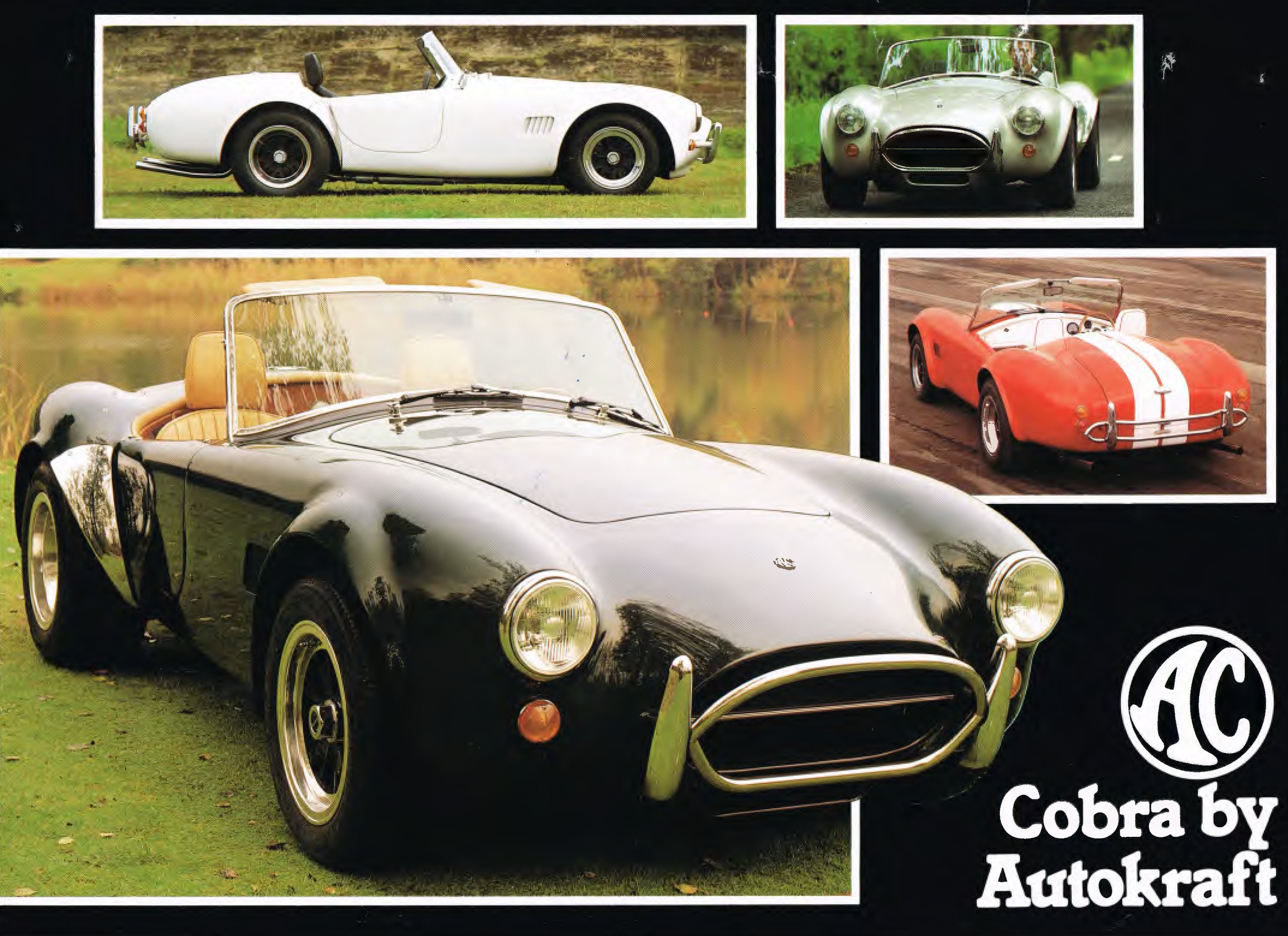
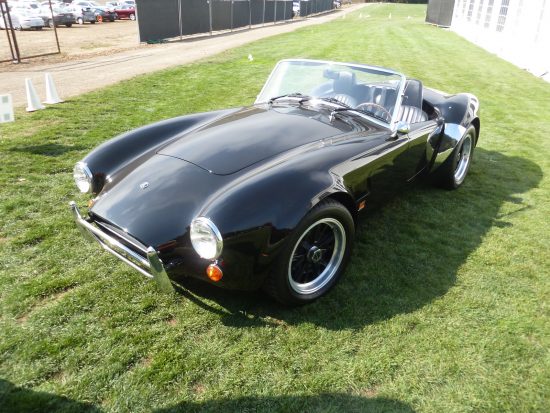
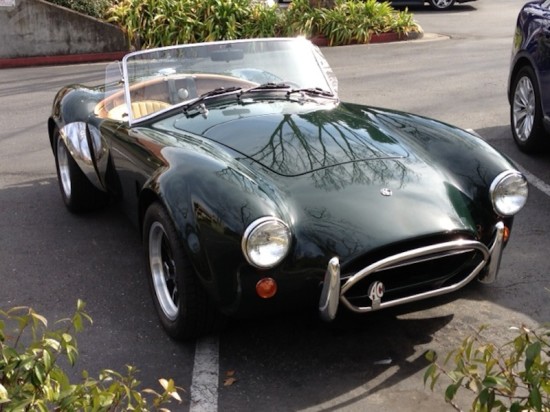
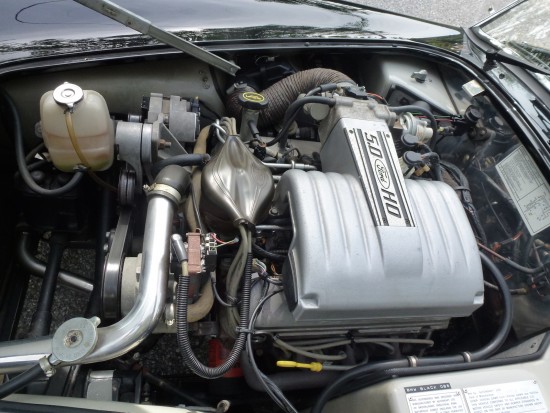
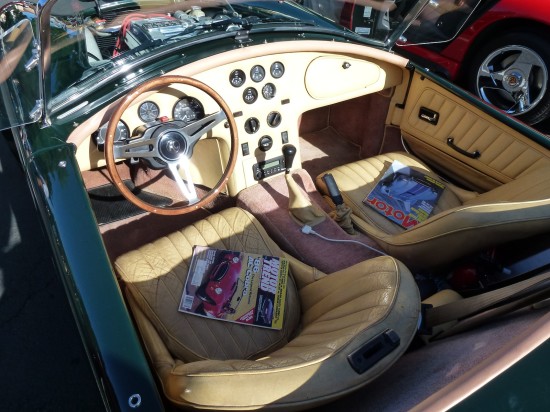
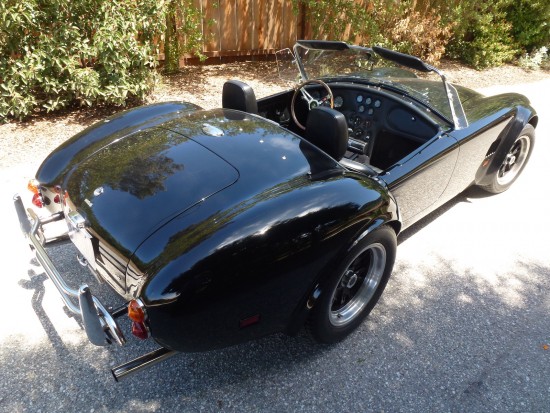
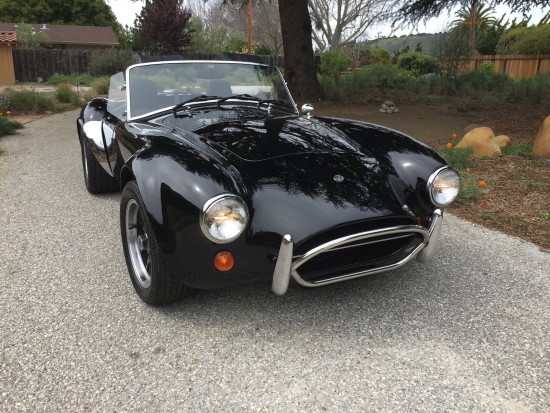
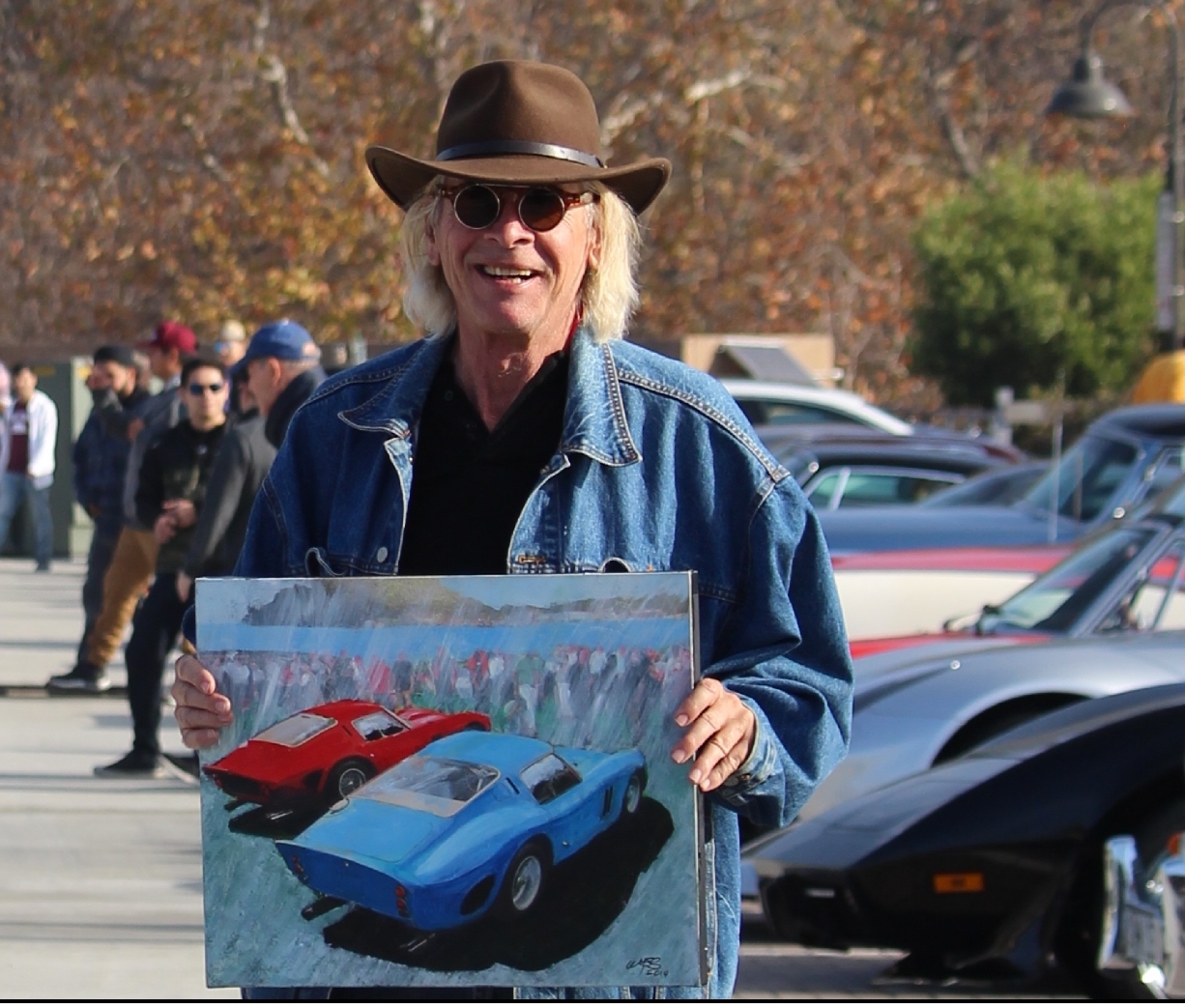
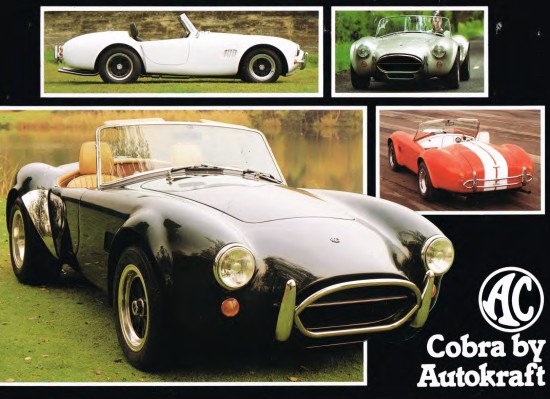
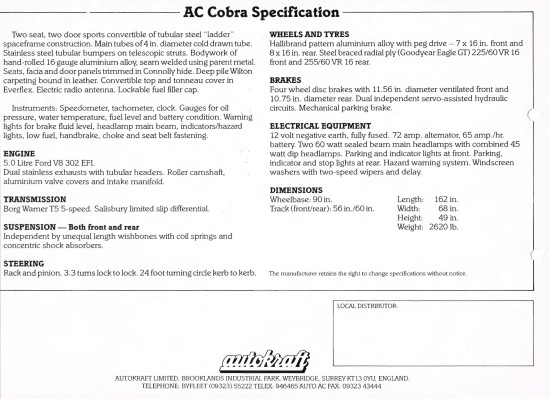
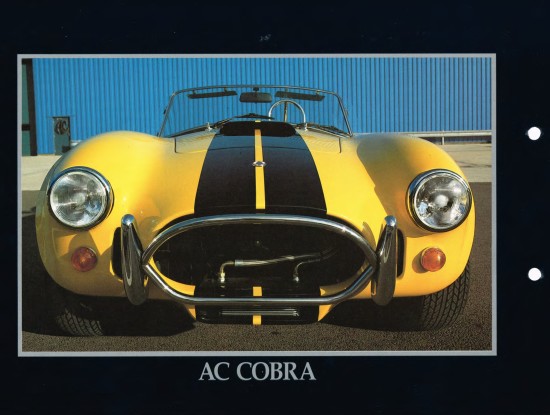


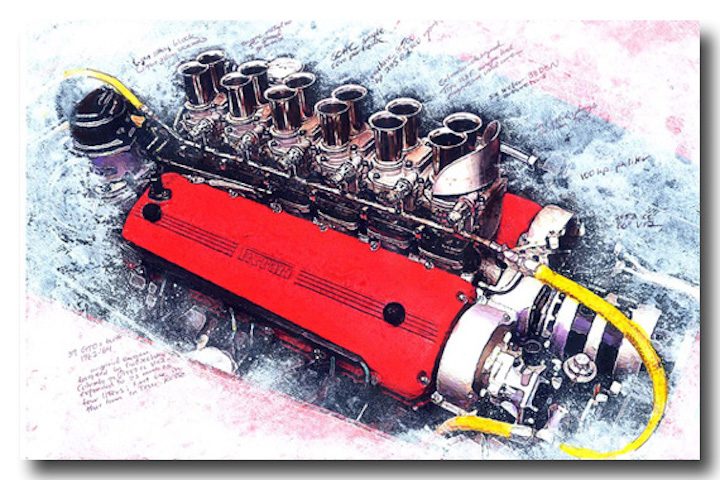

Mike, nice write up by Mr. Wyss. Your Mk. IV looks great and hope you are enjoying it ! The Mk. IV is such a unique car, and while not an exact copy of the 427 Cobra of the 60’s, can be considered a continuation of the AC 289 Sports concept, with the 427 aluminum style body and small block Ford V8, making a good handling, well balanced sports car. Truly a special machine with a direct lineage to the original ‘60’s AC’s and built on much of the same tooling by skilled craftsmen (some of whom worked for AC in the 60’s) in an AC factory. I know that I feel very fortunate! Thanks for including my car and mention in the article Mike.
I HAVE ALWAYS LUSTED FOR A SHELBY COBRA DAYTONA COUPE. BUT IT WAS ALWAYS OUT OF MY PRICE RANGE. ITS BITCH BEING POOR.